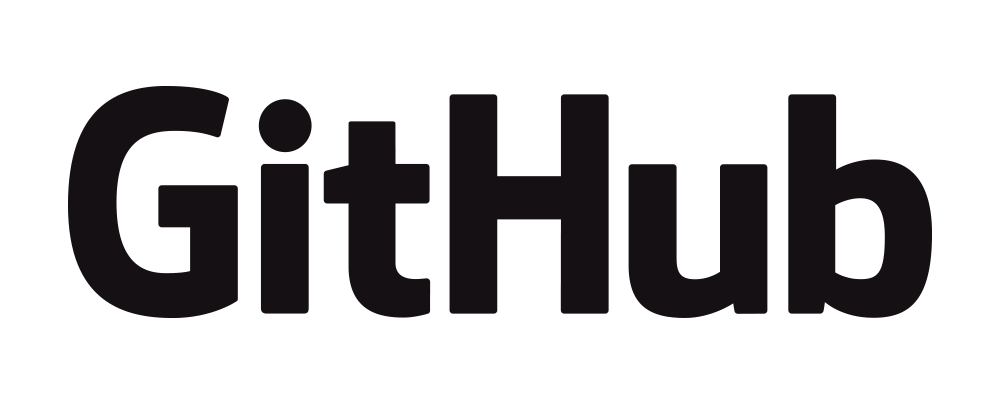Git & GitHub: An Essential Tool For Developers!
From web developers to app developers, Git is an essential tool for anyone who writes code or tracks changes to files. So what’s it all about and why should you start using it?
In today’s world, Git and GitHub have become synonymous with source control repositories, and version control tools. This is the single most important tool for a programmer now, and that’s why I suggest every programmer should learn Git and GitHub truly well.

What is Git?
Git is a free and open-source distributed version control system designed to handle everything from small to very large projects with speed and efficiency.
Git is a version control system (VCS) for tracking changes in the project directory and manage source code. It is free and open-source. It is software for tracking changes in any set of files, usually used for coordinating work among programmers collaboratively developing source code during software development. Complete long-term change history of every file. Its goals include speed, data integrity, and support for distributed, non-linear workflows (thousands of parallel branches running on different systems).

Features of Git:
Free and open source:
Git is released under GPL’s (General Public License) open source license. You don’t need to purchase Git. It is absolutely free. And since it is open-source, you can modify the source code as per your requirement.

Speed:
Since you do not have to connect to any network for performing all operations, it completes all the tasks really fast. Fetching version history from a locally stored repository can be one hundred times faster than fetching it from the remote server. The core part of Git is written in C, which avoids runtime overheads associated with other high-level languages.
Scalable:
Git is very scalable. So, if in the future, the number of collaborators increases Git can easily handle this change. Though Git represents an entire repository, the data stored on the client’s side is very small as Git compresses all the huge data through a lossless compression technique.
Secure:
Git uses the SHA1 (Secure Hash Function) to name and identify objects within its repository. Every file and commit is check-summed and retrieved by its checksum at the time of checkout. The Git history is stored in such a way that the ID of a particular version (a commit in Git terms) depends upon the complete development history leading up to that commit. Once it is published, it is not possible to change the old versions without it being noticed.

Easy Branching:
Branch management with Git is very simple. It takes only a few seconds to create, delete, and merge branches. Feature branches provide an isolated environment for every change to your codebase. When a developer wants to start working on something, no matter how big or small, they create a new branch. This ensures that the master branch always contains production-quality code.
Supports non-linear development:
Git supports rapid branching and merging includes specific tools for visualizing and navigating a non-linear development history. A core assumption in Git is that a change will be merged more often than it is written, as it is passed around various reviewers. Branches in Git are very lightweight. A branch in Git is only a reference to a single commit. With its parental commits, the full branch structure can be constructed.

Git Cheat Sheet:

What is GitHub?
GitHub is one of the world’s largest community of developers. it is a code hosting platform for version control and collaboration. It lets you and others work together on projects from anywhere. It’s an intricate platform that fosters collaboration and communication between developers. GitHub has a number of useful features that enable development teams to work together on the same project and easily create new versions of software without disrupting the current versions, but it doesn’t stop there.
GitHub is where over 56 million developers shape the future of software, together. Contribute to the open-source community, manage your Git repositories, review code like a pro, track bugs and features, power your CI/CD and DevOps workflows, and secure code before you commit it.
A good knowledge of a source control repository is mandatory for any programmer or software developer because you need to do check-in and check-out of code every day. To become a better developer, you should also know advanced concepts like branching and merging.
Closing Notes:
Just learn Git. You won’t regret it. You’ll have the basics down in 15 minutes, and within a couple of hours, you can be making pull requests to open source projects. You will quickly see the benefits and also will have increased your value as a programmer.
